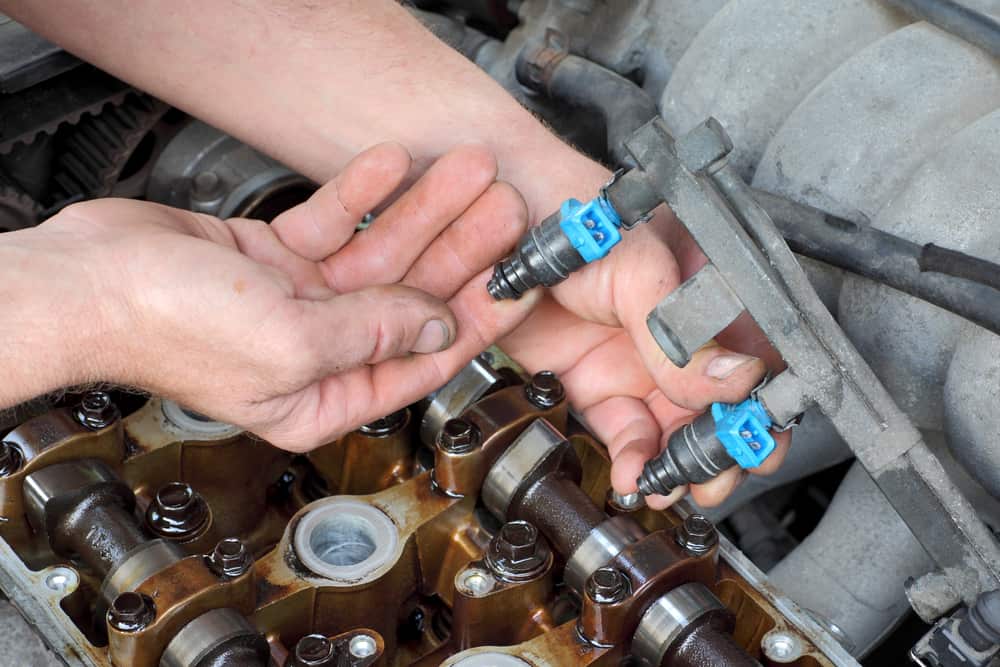
All engines need air for the combustion process. Fuel injection systems have replaced the old style carburettors that previously mixed the fuel with the required oxygen and are now commonplace in most engines. There are a number of common signs that these small parts are becoming clogged or fatigued, including the detonation of petrol on the exhaust or the vehicle failing to start with a full fuel tank.
Problems with the injection system in cars that are primarily used for short run motoring can often occur due to the failure of the detergent system used to clean the valves to engage properly. However if your car’s performance does not improve after a good long run on the road you may need to replace one or more of your injectors.
Even though the injectors are an easily accessed part this is one of the harder replacement jobs to do round the car. It is best attempted by someone with a good knowledge of mechanics and a reasonable amount of experience using tools. It is important that you understand that the fuel injection system is highly pressurised.
You will need: Fine nosed pliers, fuel injector tester, and a screwdriver
Locate the Injector and Connect the Tester
Open up the bonnet of your car and locate the fuel injectors. These should all be on a rail, on top of your engine. Then find the valve on the fuel line and connect it to the fuel injector tester.
Test the Fuel Injection System
Use the fuel injection tester to find the pressure readings for each of the fuel injectors. This should allow you to locate the faulty injectors within the system and determine which need to be replaced.
Disconnect the Fuel Line
Next disconnect the fuel line completely from the engine, so that no more fuel will be pumped into the injectors. Next start the vehicle in neutral and allow it to idle for a few moments, giving the injection system some time to completely clear of fuel.
Remove the Injector Rail
Loosen the screws that hold the injector rail in place against the engine block. This should now give you access to the individual injectors.
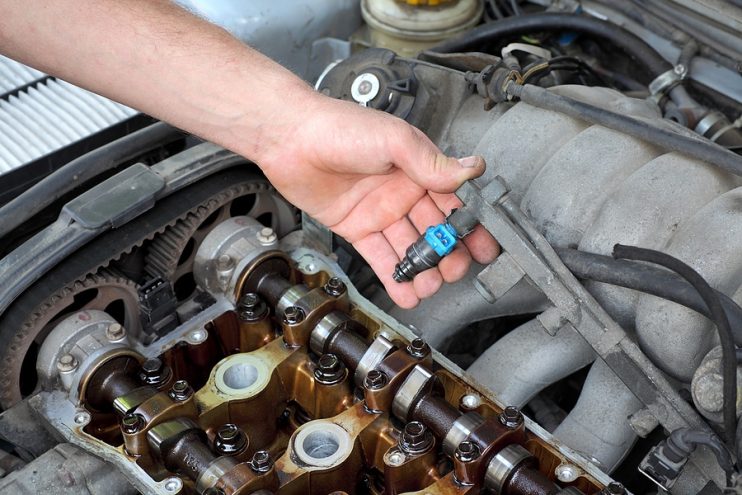
Replace the Damaged or Faulty Injectors
Locate the faulty injector and remove the electrical connection, before pulling it out of its seating. Replace this with a new or used fuel injector and reattach the electrical connection. Repeat this process for all the injectors that failed the initial pressure test.
Reconnect the Fuel Rail and Fuel Line
Finally use the original screws to reconnect the fuel rail to the engine block and reconnect the fuel line. This is now the ideal time to turn on the ignition, leaving the car in neutral, so that you can observe the fuel injectors working.
When you have completed the replacement work, it’s advisable to take your car out for an extended drive on the road to ensure that there is no roughness or unexpected drops in performance in the engine.

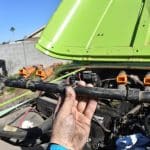
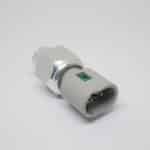
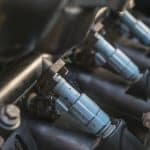

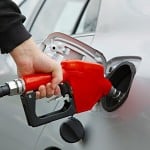
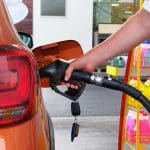
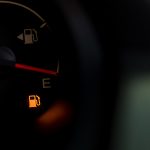
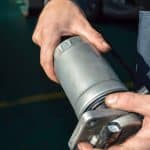
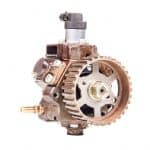
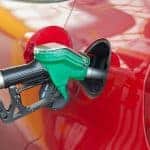
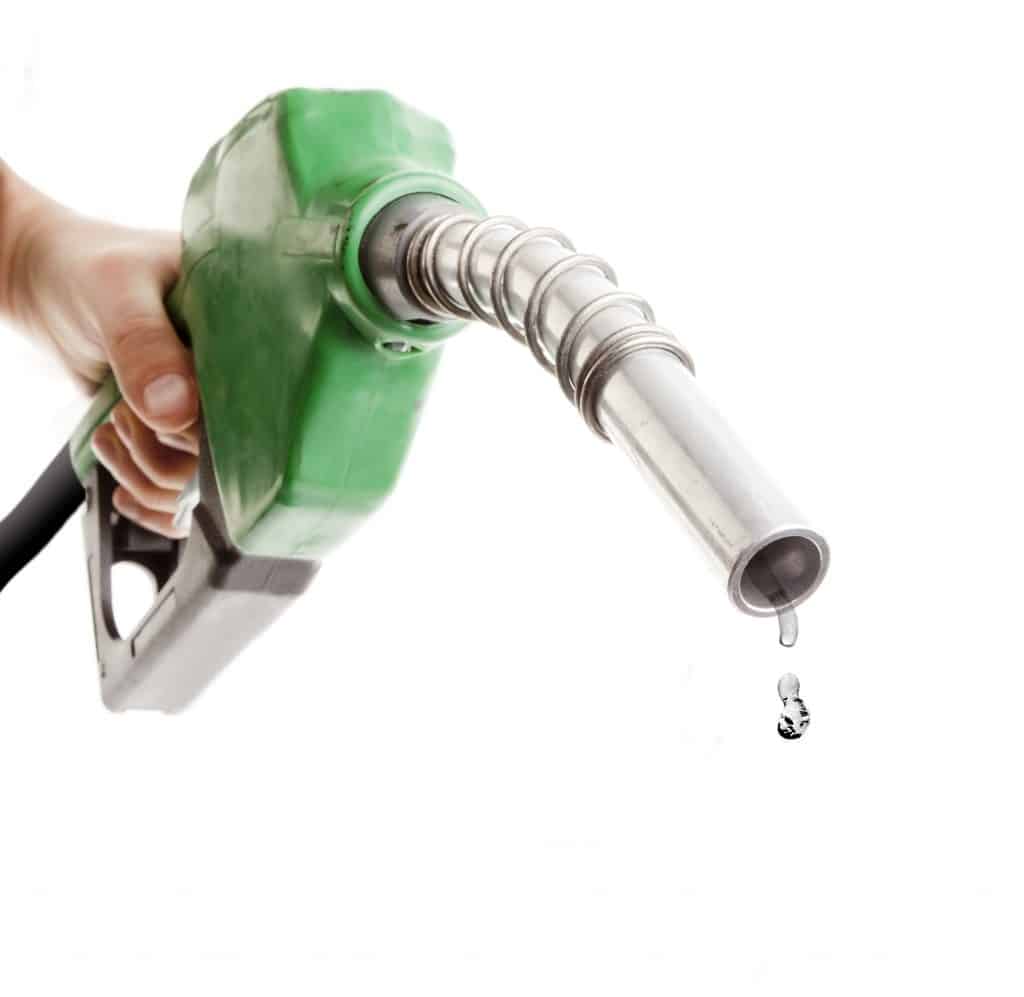
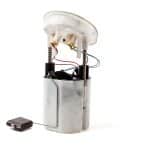
.png)